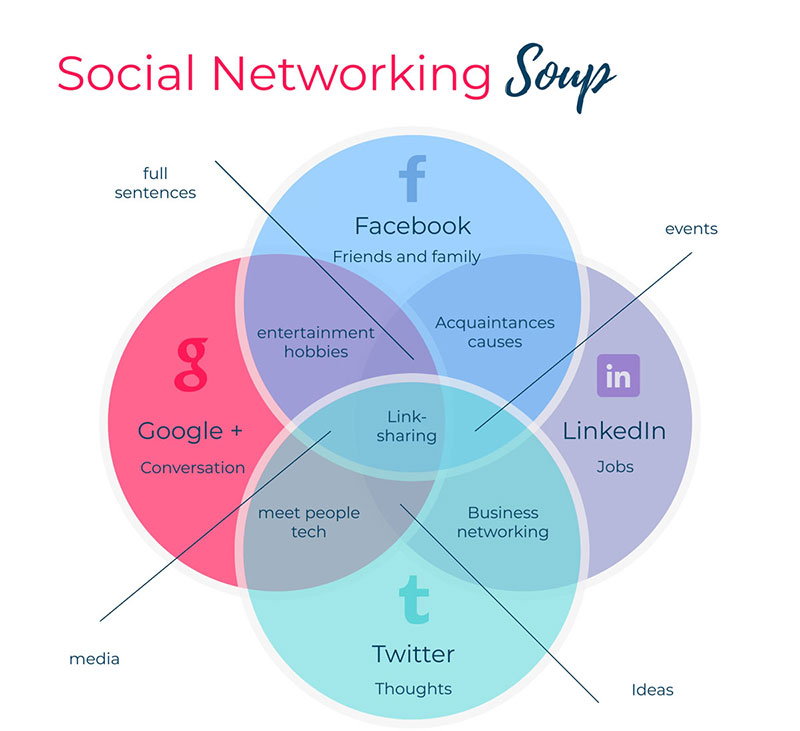

We can either group the bars by time (before vs.
TYPES OF DIAGRAMS AND CHARTS HOW TO
This is a great opportunity for a paired bar chart, but we have to decide how to group the data.
TYPES OF DIAGRAMS AND CHARTS SERIES
Paired Bar ChartĪ paired bar chart shows two data series side by side - for example, data about two different user groups, designs, or devices. This example shows the different conversion rates before and after a redesign, with the goal of communicating the redesign’s success. Good: A classic for a reason - simple bar charts are quickly processed and understood. This is because bar charts make it easy for people to quickly and accurately perceive the differences between values. Researchers have found that bar charts are much easier for people to comprehend than other types of charts (like pie charts). Bar Chartsįor most of these common UX comparisons, the bar chart (sometimes called a column chart) works well. Choose the chart that best suits your goal and the context you’re presenting. There are many of different types of charts, but, for most UX purposes, we recommend the basics: bar charts, line charts, or scatter plots. Our full-day course How to Interpret UX Numbers covers how these concepts apply to UX research. When comparing numerical data, it’s important to be familiar with at least the basics of experimental design and statistics - particularly confidence intervals and statistical significance. The performance of one group of users against another group.The performance of one task against other key tasks.One very popular article against other articles on the same topic.One webpage against other webpages using the same page template.One feature against several other key features.One company’s product against the rest of its family of products.A company’s product against a competitor’s product.Sometimes, instead of comparing two versions of the same product at different times, we compare similar products, features, content, or user groups. Or, we could look at completion time for an important task before and after a redesign. In UX, we often compare data points collected at different times. For example, we could compare our completion rate for this year against our completion rate for the past 3 years. People need to compare a number against another number in order to interpret it. If I told you that the completion rate for checking out in an ecommerce app was 24%, what would that mean? Nothing, unless I also told you that the completion rate had been 17% in the previous year.

We explore each of these factors in a three-part series. This article discusses the importance of context in data visualization and how context can help you decide which type of chart to create. The 3 Cs are an easy way to remember the most important aspects of any good chart: In addition, this article doesn’t cover dashboard designs. You will likely need to create different types of charts to explore your data during the analysis process.Īlso, this article discusses charts, not infographics, which usually combine multiple visuals and data visualizations to tell a story. This article focuses on explanatory data visualizations - communicating a finding to teammates, stakeholders, or clients. What This Article Does (and Does Not) Cover Once you’ve answered that question, tailor your chart to fit that goal (while not misrepresenting or falsifying the data, of course). In other words, what point are you trying to make? What do you want your audience to understand when they look at your chart? What action do you want them to take? Simply apply the same user-centered–design approach that you would use when designing an interface.Ĭonsider one key question before you begin designing your chart: What is your goal? You don’t have to have extensive visual-design skills to create good charts from your analytics data or other quantitative UX data. In particular, they rarely put together compelling, easy-to-interpret charts. However, I often find that many UX professionals struggle to present their data. It can help us make decisions, end arguments, or even prove the value of our work. Quantitative UX data can be incredibly powerful.


 0 kommentar(er)
0 kommentar(er)
